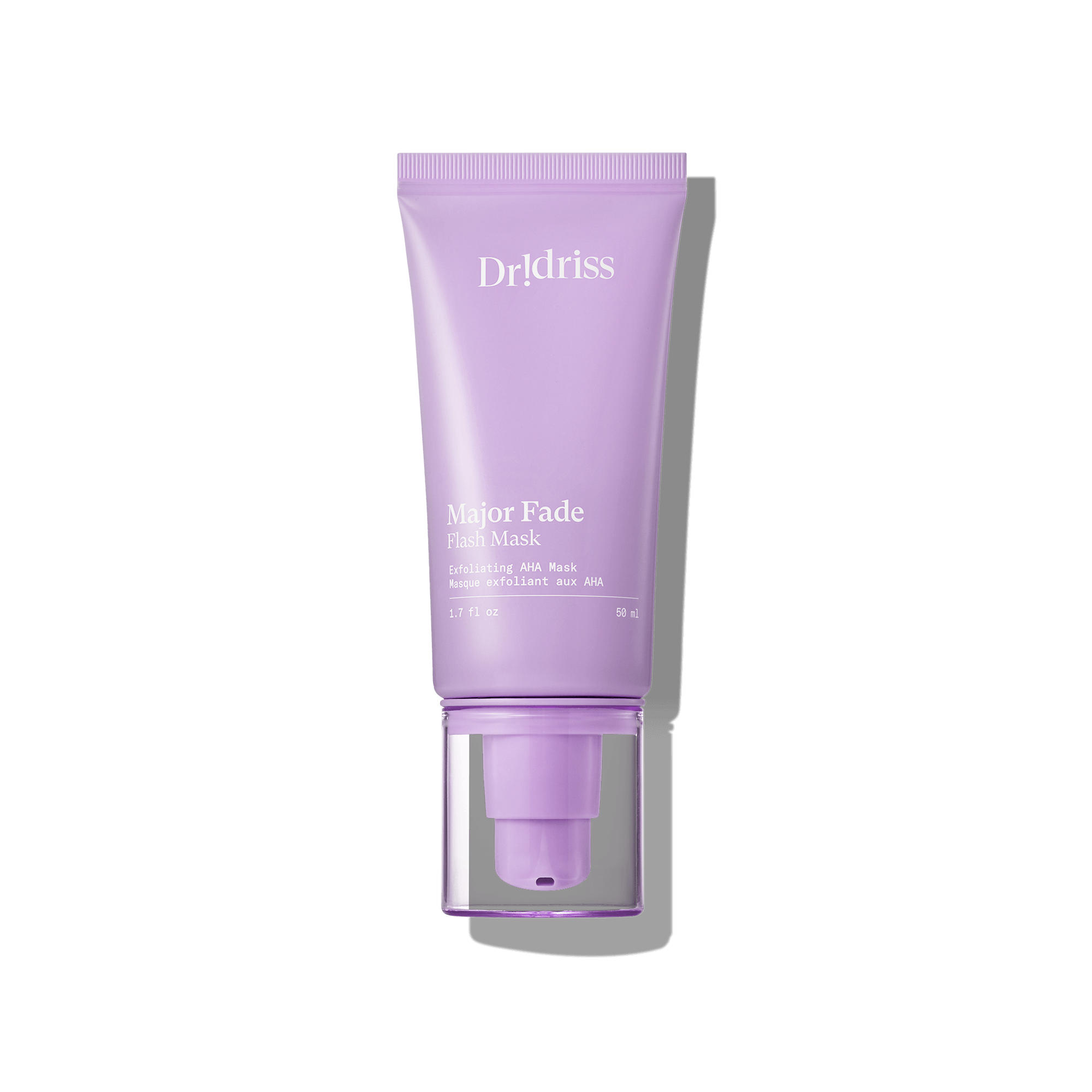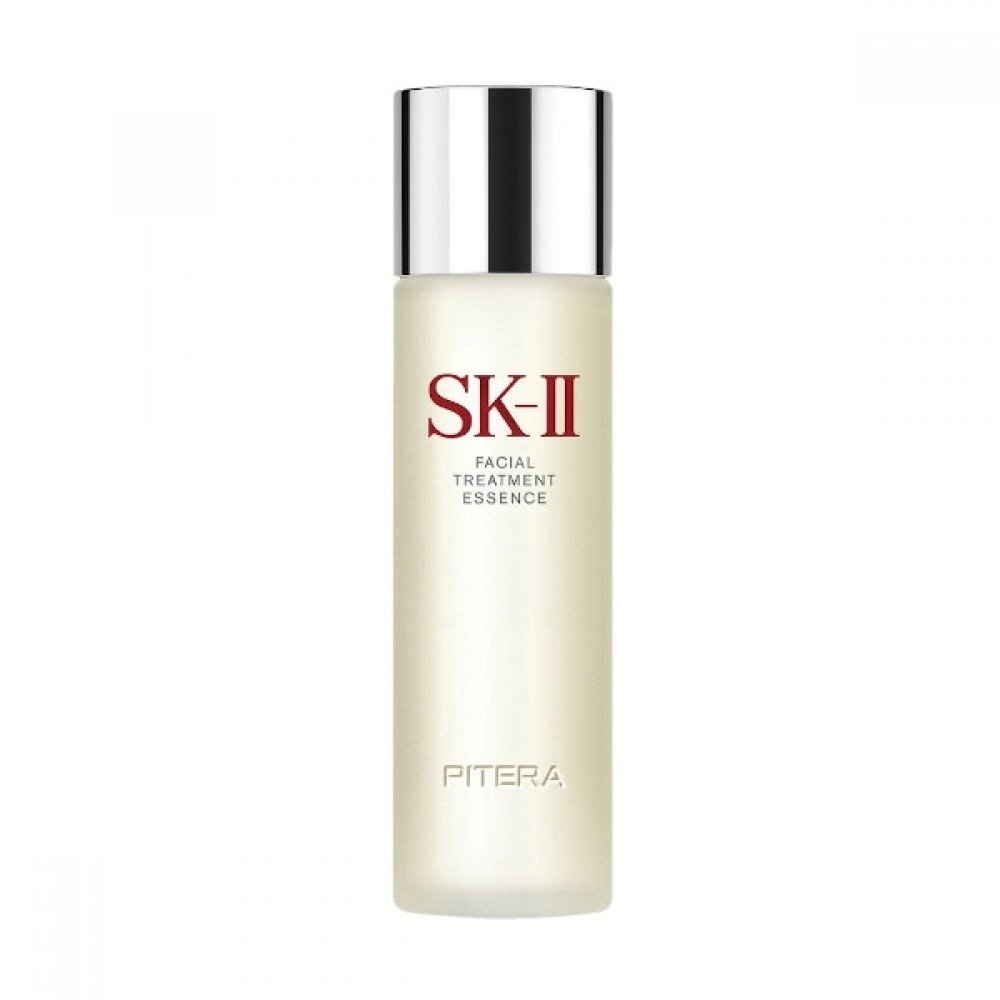A Layered Approach to Radiant Skin
The world of skincare can feel like navigating a labyrinth of serums, moisturizers, essences, toners, mists, and a bewildering array of chemical and physical exfoliants, not to mention prescription treatments. For those feeling lost in the maze, fear not. This guide will demystify the layering process, empowering you to create a personalized routine that addresses your unique skin needs. Remember, the key is consistency over intensity. The goal isn't to bombard your skin with every product every day, but rather to strategically incorporate these steps throughout the week, allowing your skin to breathe and rejuvenate.
Step 1: The Pre-Game – Oral Hygiene
Before even touching your face, brush your teeth. This seemingly obvious step is often overlooked. Brushing after your skincare routine can deposit toothpaste on your face and neck, potentially washing away the carefully applied products. Starting with oral hygiene ensures a clean canvas for your skincare ritual.
Step 2: The Foundation – Cleansing
Cleansing is arguably the most crucial, yet often most neglected, step. It sets the stage for everything that follows, allowing your skin to effectively absorb and utilize subsequent products. Nighttime cleansing is paramount, while a simple water rinse may suffice in the morning (unless you have very oily skin). Focus on gentle, basic cleansers without active ingredients like benzoyl peroxide, salicylic acid, or glycolic acid for daily use. Active cleansers are a different story, and we'll touch on those later.
For years, the double cleanse method was a staple, using micellar water (like Bioderma) to remove makeup, followed by a gentle cleanser such as Vanicream. However, the Dr. Idriss Soft Wash cleanser offers a streamlined approach. Its gentle yet effective formula removes makeup, even around the delicate eye area, without causing irritation. This eliminates the need for micellar water, simplifying the process.
To use the Dr. Idriss Soft Wash, dampen a cotton pad (ideally, use a fresh one each day of the week) and apply a small amount of cleanser. Begin by gently removing eye makeup, working the cleanser in without fear of burning or stinging. This allows for thorough makeup removal, preventing the dreaded "raccoon eyes" later on. After cleansing the eyes, reapply cleanser to the pad and cleanse the rest of the face, ensuring all impurities are removed. Rinse thoroughly with water.
Active cleansers, containing ingredients like benzoyl peroxide or glycolic acid, require a different approach. If using an active cleanser, first remove makeup with a gentle cleanser or micellar water. Then, apply the active cleanser and allow it to sit on the skin for a few minutes before rinsing. This allows the active ingredients to work effectively.
Step 3: Exfoliation – Unveiling Radiant Skin
Exfoliation is essential for removing dead skin cells, promoting cell turnover, and revealing a brighter complexion. Chemical exfoliants, containing acids like glycolic, lactic, or mandelic acid, are preferred over harsh physical scrubs. Glycolic acid can also boost moisture retention and collagen production, while lactic acid addresses pigmentation, and mandelic acid is a gentler option for sensitive skin. Exfoliate two to four times a week at night, reducing frequency in the summer, especially if you have melasma or are frequently exposed to the sun.
The Dr. Idriss Flash Mask, a 15% glycolic acid mask with lactic acid, provides a targeted approach to exfoliation. Its gel format allows you to control the application area and duration. Apply a thin layer to the face, avoiding the sensitive eye area, and leave it on for 10 to 30 minutes. Some prefer to leave it on overnight once or twice a week in the winter. This mask can also be used on the lips to promote renewal. However, exercise caution if you have a history of cold sores, opting for a less aggressive exfoliant. After exfoliating your lips, immediately apply a lip balm or ointment to lock in moisture.
Step 4: Hydration and Balance – Mists, Essences, and Toners
This step focuses on hydration and balancing the skin, particularly beneficial for those in dry climates. Mists, essences, and toners offer different ways to deliver hydration. Mists, like those from Vichy, Avène, or Evian, often contain mineral water to soothe redness and promote balance. Essences and toners can have varied formulations. The SK-II Facial Treatment Essence focuses on rehydration, while others may contain exfoliating acids. Choose your format and stick to it, avoiding the overuse of exfoliating acids, especially after recent exfoliation or with an active cleanser.
For those prone to redness, a mist can be particularly soothing. In humid environments, however, less moisture is key, as excessive moisture can lead to fungal issues and breakouts.
Step 5: Targeted Treatment – Prescriptions and Spot Treatments
This is the step for prescription medications, spot treatments, and retinoids. If using prescription treatments for fungal infections (e.g., ketoconazole), acne (antibiotics), or rosacea (azelaic acid), apply them at this stage. Over-the-counter spot treatments, like benzoyl peroxide, can also be applied to pimples.
Retinoids, including prescription tretinoin and over-the-counter retinols, also fall into this category. Their application depends on your skin's sensitivity. If you have sensitive skin, apply the next two steps (serums and moisturizer) before the retinoid. If your skin tolerates retinoids well, apply them directly after the mist/toner step and then apply serums and moisturizer. A small amount is sufficient for the entire face, avoiding the delicate under-eye area if you have sensitive skin.
Step 6: Targeted Solutions – Serums
Serums address specific skin concerns. In humid climates, multi-ingredient serums are often more efficient than single-ingredient serums. They combine various active ingredients at effective concentrations, offering a comprehensive approach to skincare concerns. For instance, the Dr. Idriss Major Fade Hyper Serum targets hyperpigmentation and uneven skin tone, while the Depuffer addresses puffiness and redness. Choose a serum that addresses your primary skin concern.
Step 7: Eye Care – Eye Creams
Eye creams target the delicate skin around the eyes. Sometimes, the hyper serum can be used under the eyes for brightening. For added hydration, a richer eye cream, like the Isdin K-Ox Eye Cream, can be used. During allergy season, a depuffing eye cream can be beneficial.
Step 8: Locking it In – Moisturizers
The final step is moisturizing. Choose a moisturizer suited to your skin type and needs. If you use a vitamin C serum, apply it at this stage. If you use a vitamin C ester (a less irritating form), it can even be layered over a retinol. If you use a face oil, apply it before your moisturizer.
Combining Ingredients: A Word of Caution
Not all ingredients play well together. The active form of vitamin C (L-Ascorbic Acid) should not be combined with prescription tretinoin, as both can be irritating. Vitamin C esters, however, can be combined with retinols. Avoid combining L-Ascorbic Acid with benzoyl peroxide or copper peptides. And, as mentioned before, avoid double-dipping with exfoliating acids in a single routine or on consecutive nights.
The Morning Routine: Simplicity is Key
The morning routine is generally simpler. After brushing your teeth, cleanse your face with water or a gentle cleanser (if you have oily skin). Apply any prescription medications, followed by a targeted serum. If you live in a dry climate or have dry skin, apply a moisturizer. In humid climates, sunscreen alone may provide sufficient moisture. Sunscreen is crucial every morning, regardless of the weather.
By understanding the purpose of each step and the interplay of different ingredients, you can create a personalized skincare routine that delivers real results. Remember, consistency is key. By strategically incorporating these steps throughout the week, you can achieve radiant, healthy skin without overwhelming it.

















